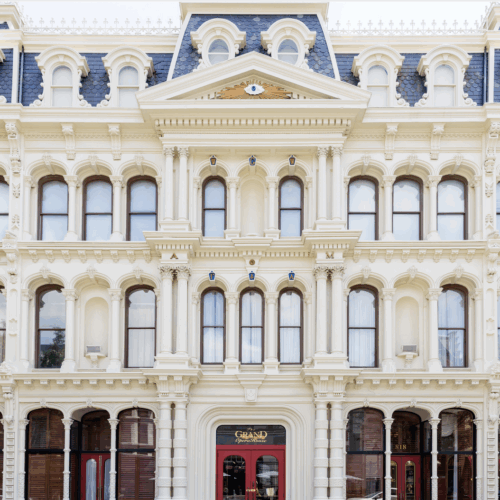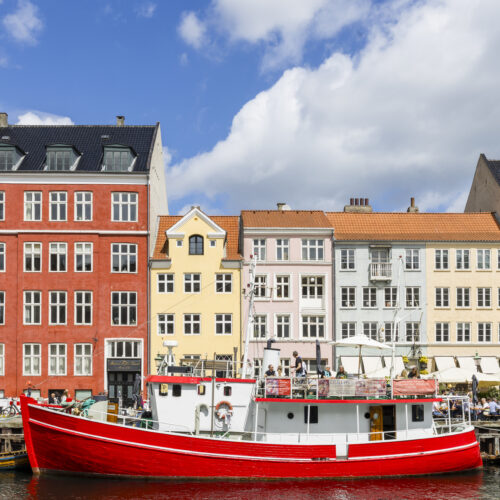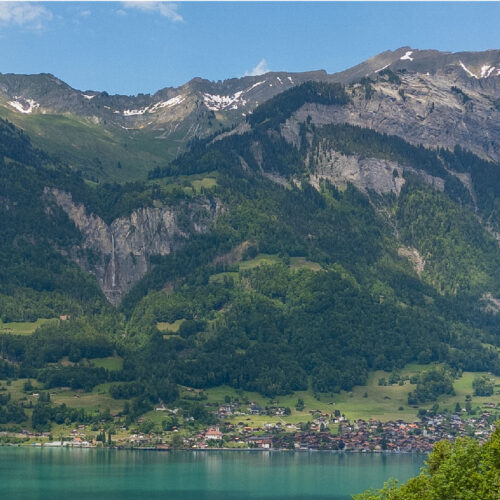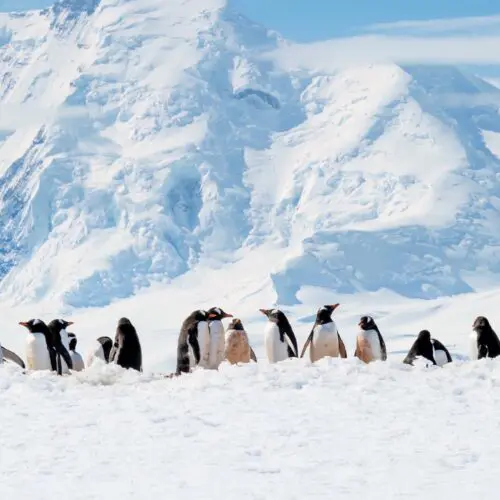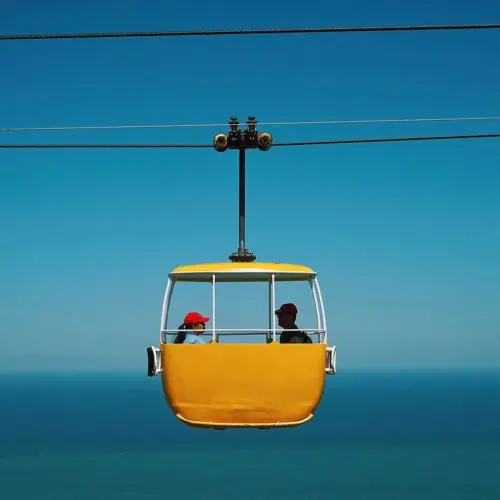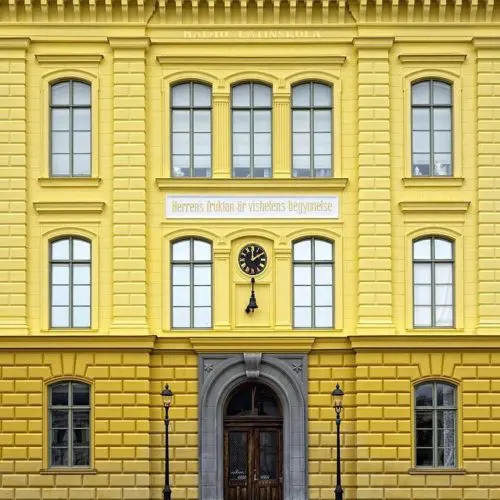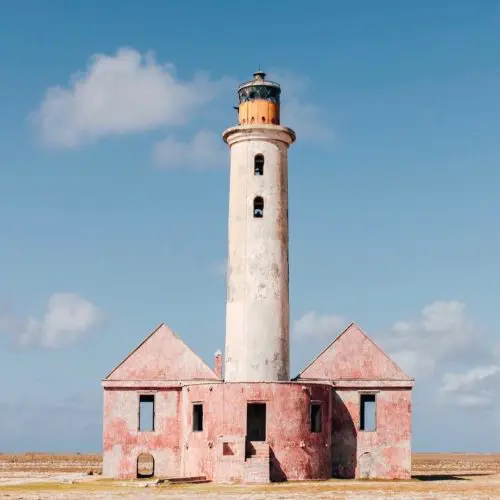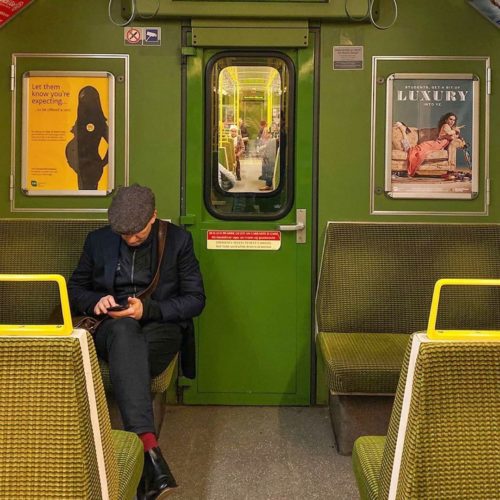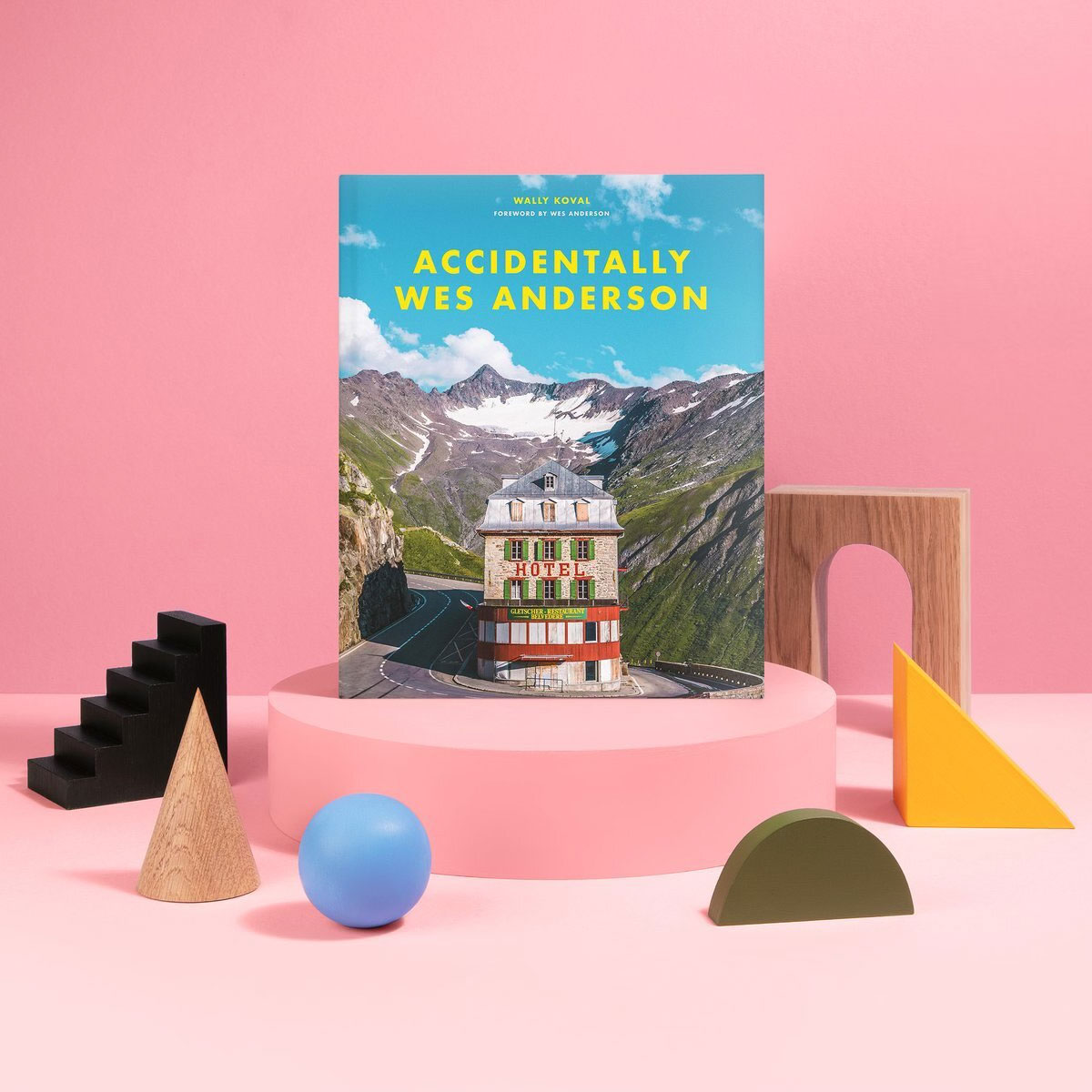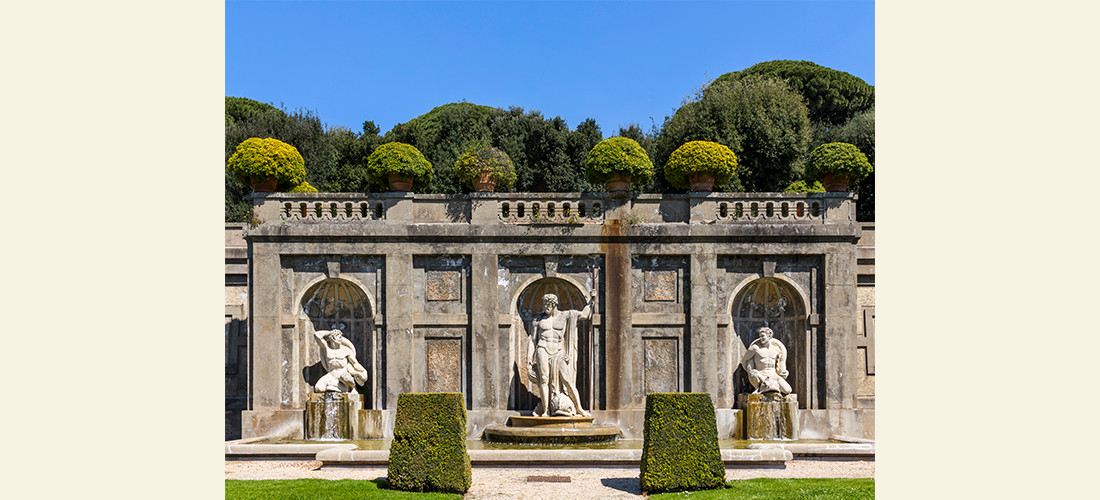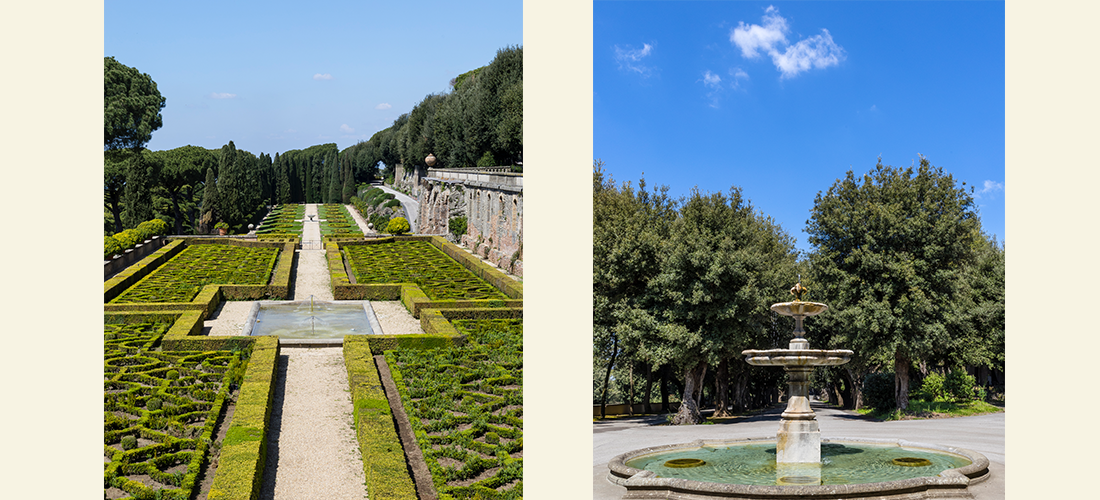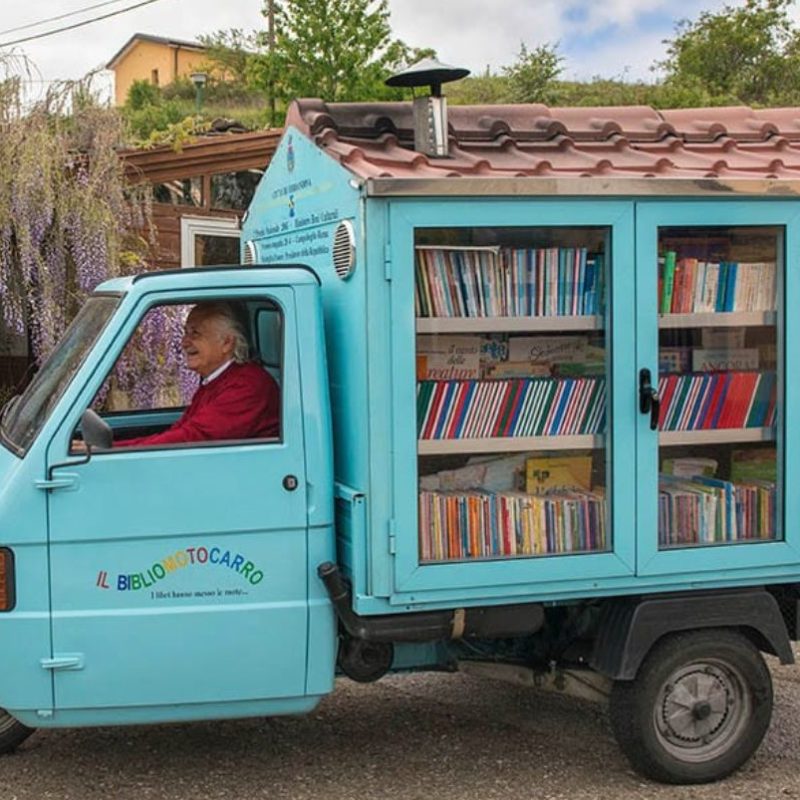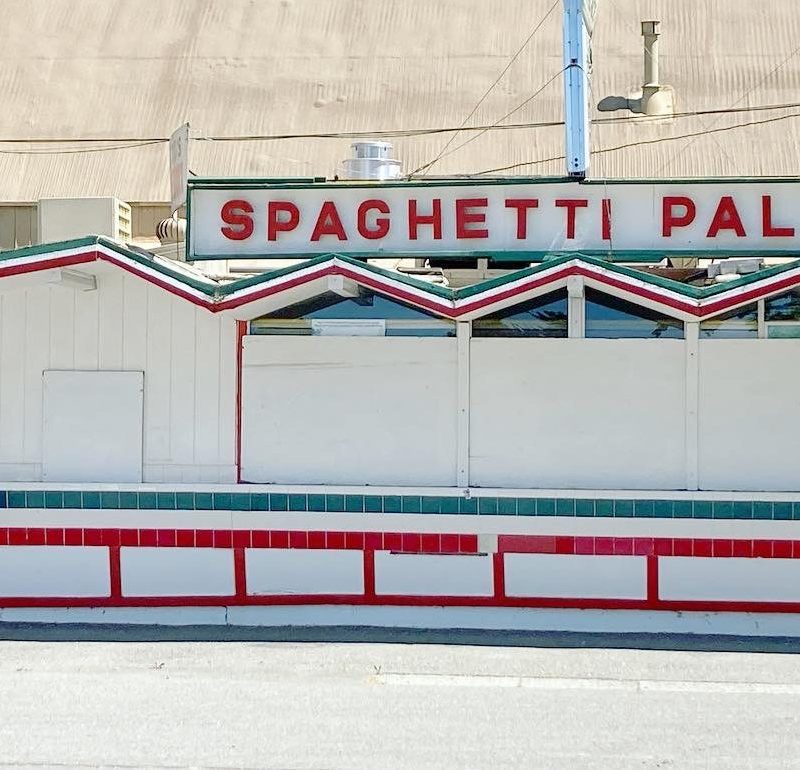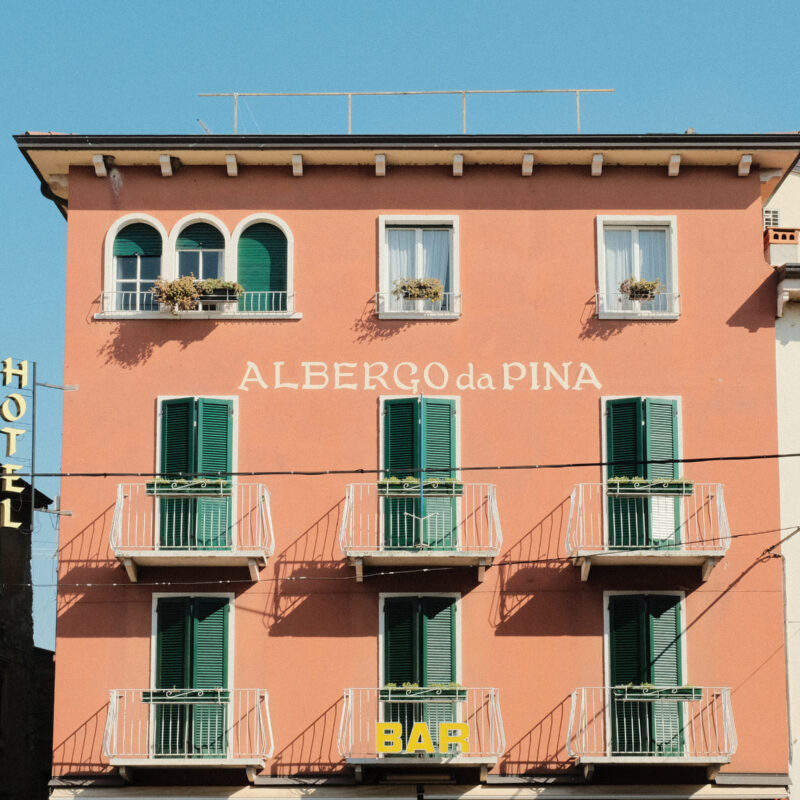In May of 2025, the newly elected Pope Leo XIV ventured to Castel Gandolfo, the storied summer palace of the Holy See since the 17th Century. This was no vacation, but an inside look into how his predecessor, the late Pope Francis, had transformed the palace and its gardens during his papacy, making the private property public. Would the new Pope continue in the footsteps of Francis?
Designed by renowned architect Carlo Maderno for Pope Urban VII, the Papal Palace at Castel Gandolfo was a summer retreat for the Vatican since 1626. Occupying the site of a residence of the Roman Emprorer Domitian, the ruins of the ancient villa form the architecture of the current palace’s gardens. For centuries the popes used Castel Gandolfo as an escape from the sweltering heat from Rome, taking some time away from the walls of Vatican City. Even Pope Benedict XVI lived his first three months of retirement there in 2013.
It was Pope Francis who would change the status quo of the Castel. Never staying a night at the palace, Francis would order the private residence and its gardens turned into a museum. In 2023, doubling down on the new direction of the residence, Pope Francis would found the Laudato Si Centre for Higher Education, focused on transforming the gardens into an educational space for environmental science. The gardens will be used to promote sustainability and environmentally friendly agriculture, including a vineyard that is looking to produce the first Papal vintage in 2027.
While only time will tell if the new Pope continues Francis’s legacy, Borgo Laudato Si’ and the Papal palace continue to be open to the world. It’s now a community retreat.


